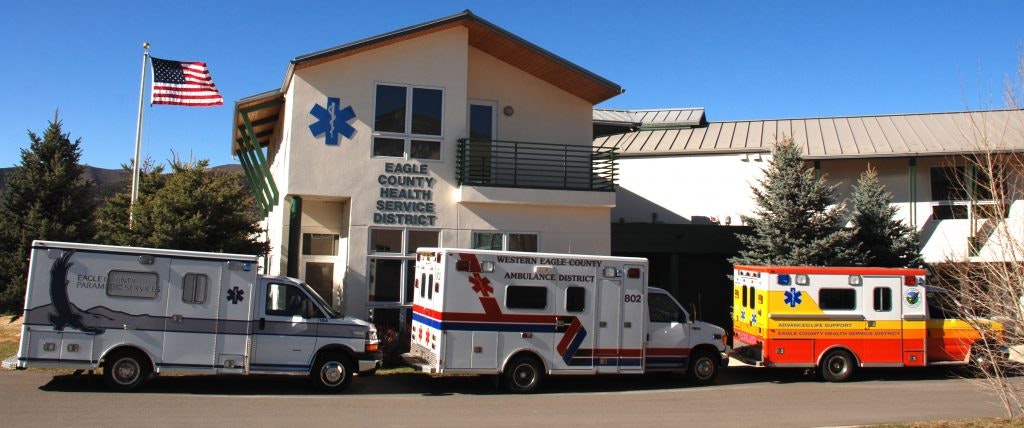Western Eagle County Ambulance District (WECAD) History

The District started the first full year of operations in 1989 with a budget of $149,000 and one full-time employee. The District leased a trailer and garage from the county at the end of the runway at the airport. The living conditions for crews were less than ideal. Many stories have circulated for years of EMTs carrying handguns to kill the rats and rodents at the trailer sleeping quarters.
In 1994, the District passed a bond issue to build the Eagle Station at the current location at 360 Eby Creek Road. When the building was finished it was the only building on the north side of I-70 in town and had a cattle guard at the entrance to keep out the free range cows that had summer pasture where the current City Market is located. The building was completed in 1995 and is still used today as a station.
The district utilized Emergency Medical Technicians at the Intermediate level for many years until the first Paramedics were hired in 2001. In 2002, the district received public support to increase the mil levy to 5 mils and this helped to expand the coverage and services to Paramedic level care and add a second ambulance 24 hours per day. Paramedic level of care became the standard for the area. The new crews ran out of a small building on 2nd street near the firehouse in Gypsum 12 – 14 hours per day for many years. In 2007, construction began on the Gypsum station site at 785 Red Table Dr. This building was completed and put into service in 2008. The district increased staff from 15 personnel in 2006 to more than 30 personnel in 2009. This rapid growth was due to the need to staff 2 24-hour ambulances in two locations.
In 2010, Western Eagle County Ambulance District became a Health Service District to better provide service and expand service into the pioneering role of Community Paramedicine. The District was the first Ambulance service in Colorado to become a licensed Home Care Agency under Colorado law and was the first service in the United States to provide Community Paramedicine. This new model of expanded roles for paramedics made it possible to provide more access to health care for patients that might not otherwise qualify.
